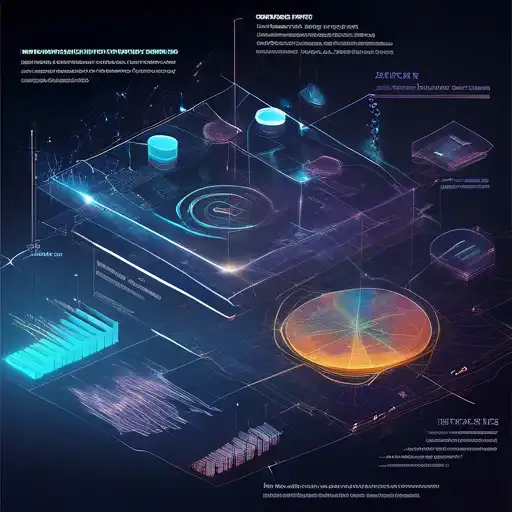Introduction to Data Visualization
In the era of big data, the ability to visualize complex datasets in an understandable and actionable manner is more crucial than ever. Data visualization techniques enable businesses and researchers to uncover hidden patterns, correlations, and insights that might not be apparent from raw data alone. This article explores the most effective data visualization techniques that can help you gain better insights from your data.
Why Data Visualization Matters
Data visualization is not just about making pretty charts; it's about making data accessible and actionable. By transforming numbers and metrics into visual formats, we can quickly identify trends, outliers, and patterns that inform decision-making. Whether you're in marketing, finance, healthcare, or any other field, mastering data visualization can give you a competitive edge.
Key Data Visualization Techniques
Here are some of the most powerful data visualization techniques that can help you unlock deeper insights:
- Bar Charts and Column Charts: Ideal for comparing quantities across different categories.
- Line Graphs: Perfect for tracking changes over time.
- Pie Charts: Useful for showing proportions within a whole.
- Scatter Plots: Great for identifying correlations between two variables.
- Heat Maps: Excellent for visualizing complex data matrices and identifying hotspots.
Advanced Visualization Techniques
For those looking to dive deeper, advanced techniques such as visual analytics and interactive dashboards can provide even more nuanced insights. These methods allow users to explore data dynamically, drilling down into specifics or zooming out for a broader view.
Choosing the Right Tool
Selecting the right data visualization tool is critical. Popular options include Tableau, Power BI, and Google Data Studio, each offering unique features tailored to different needs. Consider factors like ease of use, customization options, and integration capabilities when choosing a tool for your projects.
Best Practices for Effective Data Visualization
To maximize the impact of your visualizations, follow these best practices:
- Keep it simple and avoid clutter.
- Use color strategically to highlight key information.
- Ensure your visualizations are accessible to all audiences, including those with color vision deficiencies.
- Always provide context for your data to aid interpretation.
Conclusion
Data visualization is a powerful tool for transforming raw data into meaningful insights. By employing the right techniques and tools, you can enhance your ability to make data-driven decisions. Remember, the goal is not just to present data but to tell a story that resonates with your audience. For more on leveraging data for business success, explore our business intelligence resources.
